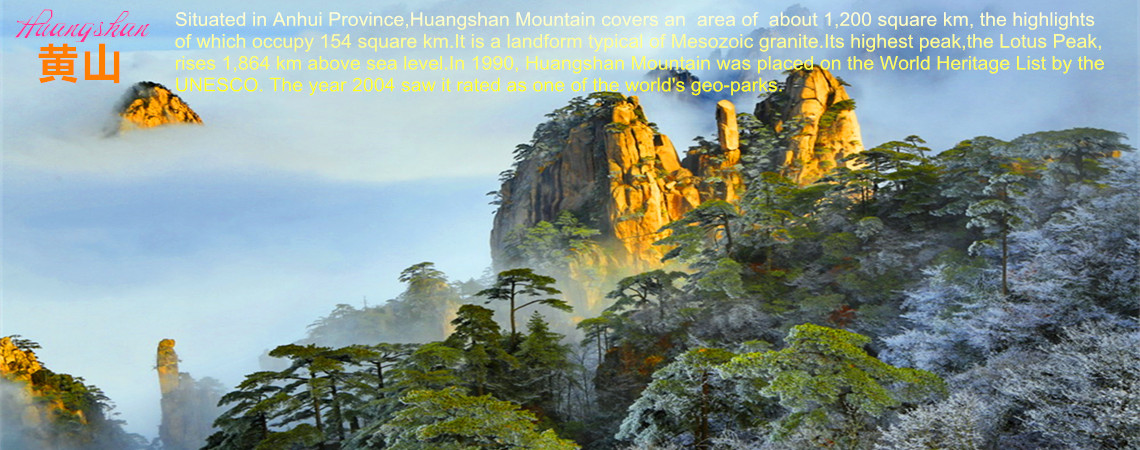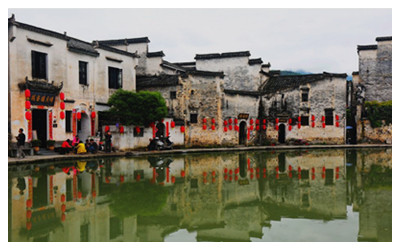Skype: neodalle-travel
Tel: +86 135 7447 2266
E-mail: sales@zhangjiajieholiday.com

History of Huangshan
Huangshan City is rich in historical origins. According to records, it was under the jurisdiction of Yangzhou Prefecture in the remote antiquity. In the early years of the Qin Dynasty (221---207BC), two counties (Shexian and Yixian) were established, which were divided by Sun Quan (king of Wu) in the Three Kingdoms period (220---265) into six counties forming a new prefecture. In the first year of Taikang's reign (280) in the Jin Dynasty, the prefecture was renamed Xin’an. It was not until the third year of Xuanhe's reign (1121) in the Northern Song Dynasty that the capital of Huizhou Prefecture, as it was called in its day, was set up, under which lay most of the prefectures and counties belonging to the present-day Huangshan City. It is more than 2,300 long years since the earliest records. As a matter of fact, there were human activities at the foot of Mt. Huangshan as early as the New Stone Age. The earlier inhabitants, known as mountaineers , lived in compact communities mainly along the upper reaches of the Xin'an River (in the present--day Xiuning). Later they moved downstream further east and opened up farmland there. In 1959, two graves of the Western Zhou Dynasty were excavated in the western suburbs of Tunxi. And among the unearthed relics were stoneware, copper birds and jade ornaments, as well as a great amount of glazed pottery and bronze ware. This indicates that over 2,700 years ago the ancestors of the Huizhou people had opened up the area in the upper reaches of the Xin’an River.
Culture of Huangshan
Within the boundaries of Huangshan Municipality, peaks rise beyond peaks and rivers run across rivers, with Mt. Huangshan standing dominantly in the middle. The damp climate accounts for the verdant mountain ranges and rich natural resources. The scenic zone is 500 li in circumference, where thousands of peaks is shrouded by mists and clouds all the year round. The majestic and enchanting scenery is marked by quaint pines, grotesque rocks, the sea of clouds and hot springs, well known as the four wonders . Mt. Huangshan has beenlisted by UNESCO in the Inventory of the World’s Cultural and Natural Heritage and is now a world--famous summer resort and tourist destination.
The Qiyun Mountain in Xiuning County has been a Taoist sacred place south of the Yangtze River since the Tang Dynasty. The mountain is not high, but it is attractive with its peculiar antique appeal-the endless fantastic peaks, the colorful cliffs, the layers of sandstone shaped like a multi-storeyed house, and the caves, gullies, springs and waterfalls scattered here and there. The story runs that Emperor JiaJing of the Ming Dynasty once sent his men to the Qiyun Mountain to pray for a son, and as his wish was fulfilled later, he approved the construction of the "Heavenly Master' s Palace".
| Huangshan Folk Customs | Rock inscriptions In Huangshan | Four treasures of the study |
 |
||
| Temples in Huangshan Mountain | Huangshan school painting | Hui Architecture Art |
 Ask Questions ?
Ask Questions ?